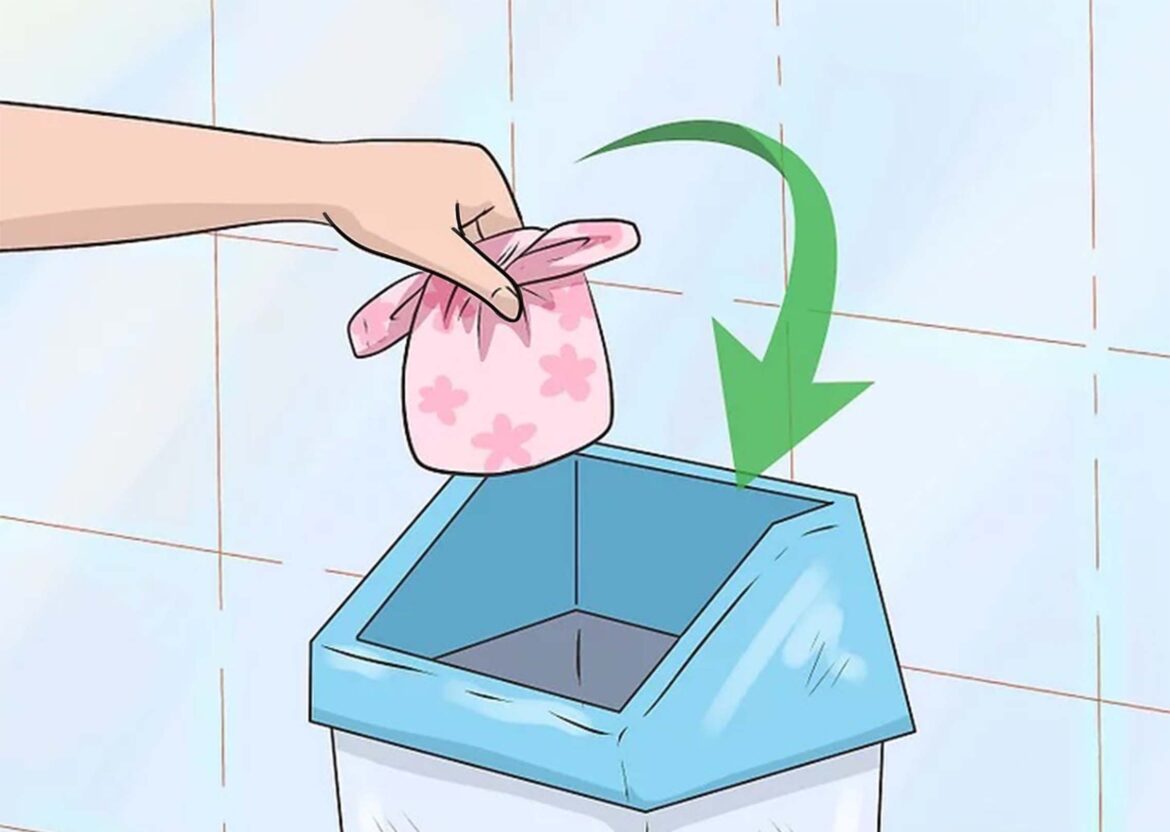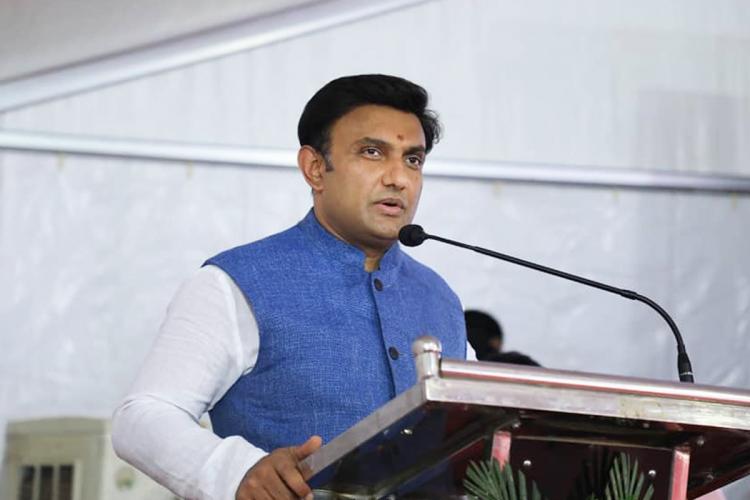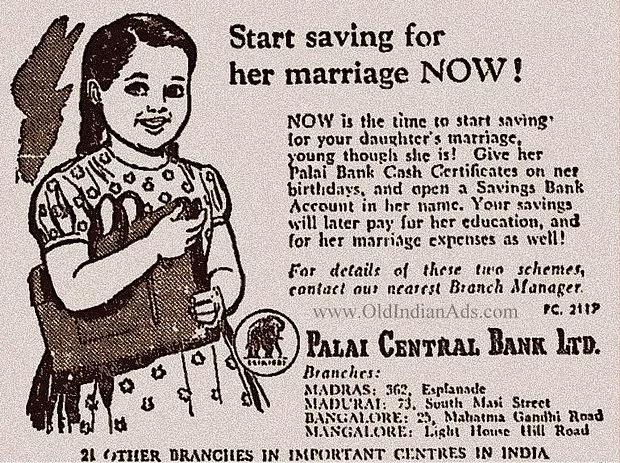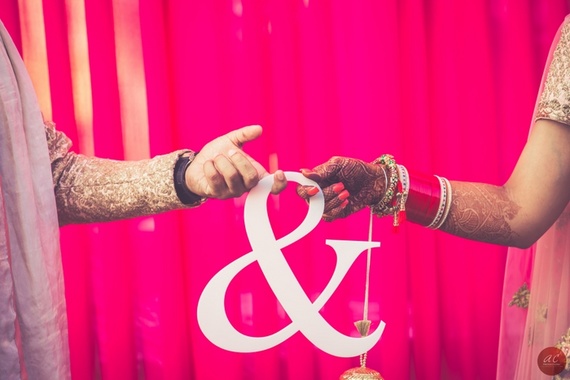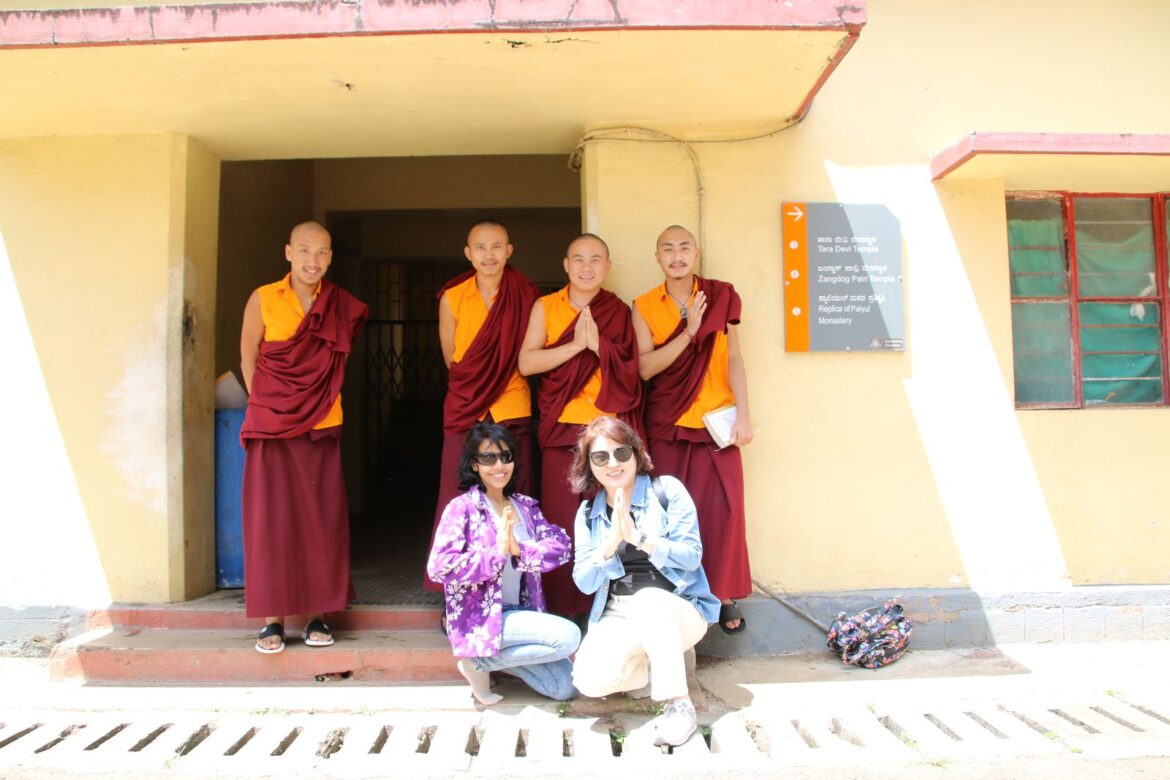By Shivangi Sharma
One in every three girls around the world do not have access to proper sanitation facilities. The data speaks a lot about the discrimination faced by menstruating people around the world leading to periods illiteracy amongst the mass as well as sanitation industry. In India specifically, 71% of the menstruating girls remain unaware of menstruation until their first cycle and the culture of shame related to menstruation has ensured the lack of awareness on menstrual products. Studies indicate that most girls do not have consistent access to good-quality menstrual hygiene products with 88% of women and girls in India using homemade alternatives, such as old cloth, rags, hay, sand or ash making them susceptible to all kinds of diseases. All of these factors play into the lack of research in creating hygienic comfortable, economical and sustainable menstrual products. Despite a huge lack in usage of these products, every year India produces around 12.3 billion of waste created by menstrual products, most of which is non-biodegradable. The sheer lack of awareness about the same is contributing largely to the degradation of the environment.
The Womb team member Shivangi discusses some of the menstrual products she has used and shares her experience of her efforts in making sustainable choices. Any statement made for any company in the video are made in personal capacity as a consumer. The Womb holds no liability to any statement thus made.


